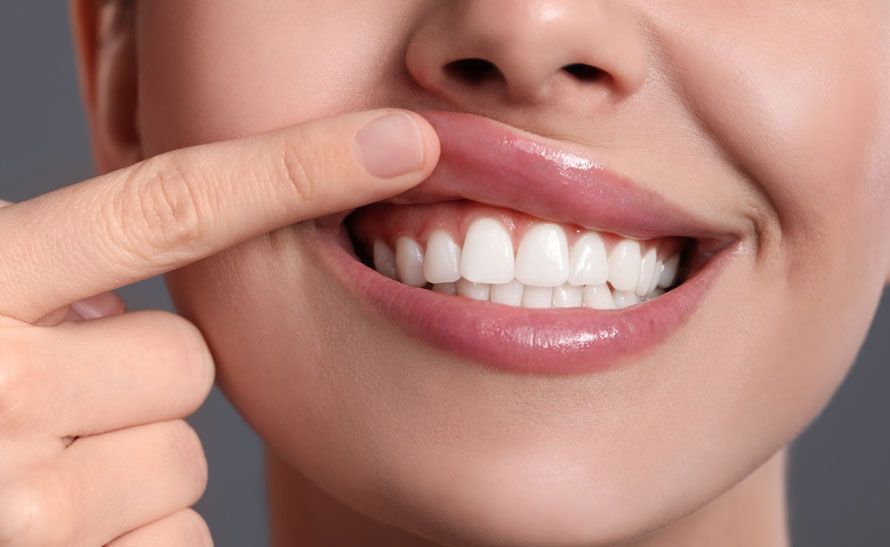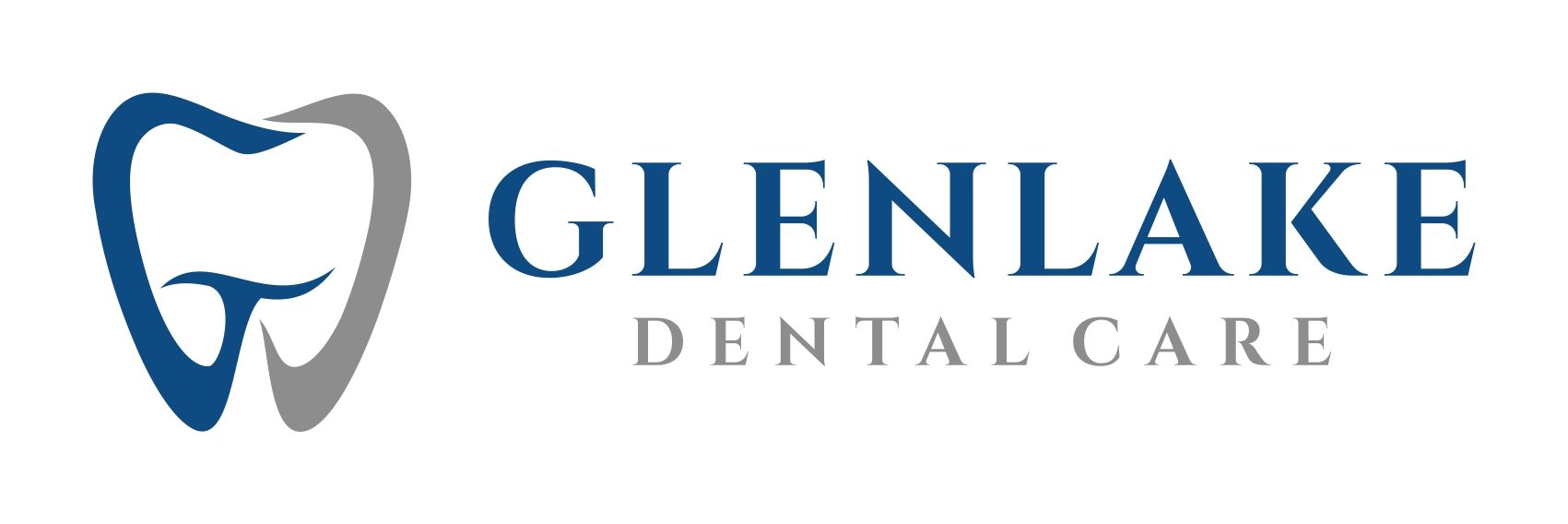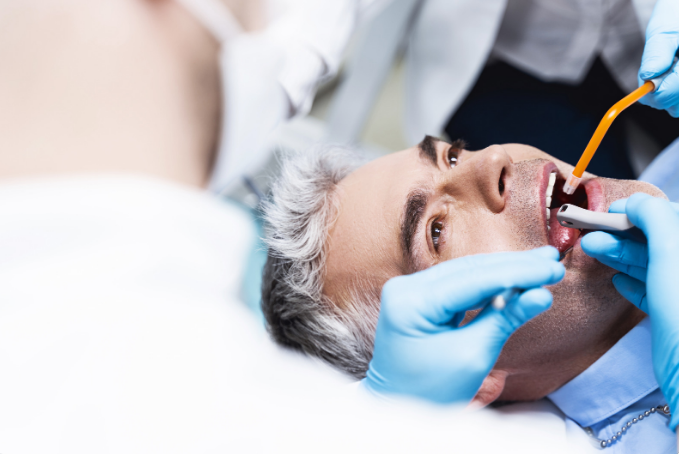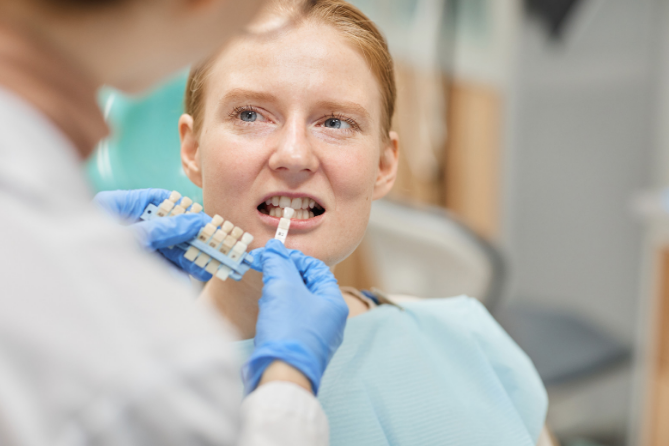Can Gum Disease Be Cured? Exploring Treatment Options and Possibilities

Gum disease, also known as periodontal disease, is a common oral health condition that affects the tissues surrounding and supporting the teeth. It ranges from mild gingivitis, characterized by inflamed gums, to more severe periodontitis, which can lead to tooth loss. If left untreated, gum disease can progress into oral infections, gum recession, bone loss, and even increased risk of serious health complications such as cardiovascular disease, diabetes, respirator problems, and other conditions. It is very important to address oral health to ensure that the disease does not progress.
One common question among individuals diagnosed with gum disease is whether it can be cured. In this blog post, we will delve into the topic and explore the treatment options and possibilities for a cure to gum disease.
What Causes Gum Disease?
Gum disease is primarily caused by the buildup of plaque, a sticky film of bacteria that forms on the teeth and gums. If not effectively removed through proper oral hygiene practices such as brushing, flossing, and regular dental cleanings, the bacteria in plaque can lead to inflammation and infection of the gum tissues.
The good news is that gum disease can be treated and managed effectively, particularly in its early stages. However, it's important to note that while gum disease can be controlled and its progression halted, the damage that has occurred in advanced stages of periodontitis may be irreversible. Therefore, early detection and intervention are crucial for a higher chance of successful treatment.
Treatment Options for Gum Disease
Professional Dental Cleaning:
- The first step in treating gum disease is a professional dental cleaning performed by a dentist or dental hygienist. This process involves the removal of plaque and tartar (hardened plaque) from above and below the gumline, a procedure known as scaling and root planing.
- Depending on the severity, an antimicrobial rinse or localized antibiotics may be prescribed. Follow-up care involves instructions for proper oral hygiene practices and may include more frequent dental cleanings for monitoring and maintenance.
- Deep cleaning is crucial in halting disease progression, reducing inflammation, and promoting healing and gum reattachment to the teeth.
Improved Oral Hygiene:
- Maintaining a consistent and thorough oral hygiene routine is essential for managing gum disease.
- This includes regular brushing and flossing at least twice a day using a soft-bristled toothbrush and fluoride toothpaste, paying extra attention to the gumline and areas around the teeth. Incorporate daily flossing to remove plaque and debris from between the teeth.
- Your dentist or dental hygienist can provide guidance on proper brushing and flossing techniques tailored to your specific needs.
Antibacterial Treatments:
- In some cases, antimicrobial or antibiotic treatments may be prescribed to help control the infection and reduce inflammation.
- A common approach is the use of antimicrobial mouth rinses, which contain ingredients such as chlorhexidine or essential oils that help kill bacteria and reduce inflammation.
- Another option is localized antibiotic therapy, where antibiotics are directly applied to the affected gum pockets or inserted into them using tiny fibers or gels. This targeted approach helps eliminate bacteria and control infection.
- These treatments can be administered in various forms, including mouth rinses, gels, or oral antibiotics, depending on the severity of the gum disease.
Periodontal Maintenance:
- After initial treatment, regular periodontal maintenance visits are necessary to monitor the health of your gums and prevent the recurrence or progression of gum disease.
- The maintenance involves regular dental check-ups, deep cleaning procedures such as scaling and root planing, and evaluation of gum pocket depths to monitor the health of the gums and detect any disease activity.
- During these visits, your dentist or dental hygienist will perform thorough cleanings and evaluate the condition of your gums, making any necessary adjustments to your treatment plan.
Can Gum Disease Be Cured?
While complete cure may not be achievable in advanced cases of gum disease, effective treatment and management can help control the condition, prevent further damage, and improve overall oral health. The primary goal of gum disease treatment is to reduce inflammation, eliminate infection-causing bacteria, and manage the progression of the disease. Non-surgical treatments such as scaling and root planing, combined with improved oral hygiene practices, can often restore gum health and halt the advancement of the disease. In more severe cases, surgical interventions like gum surgery or laser therapy may be necessary to address deep pockets and damaged gum tissue. Regular dental visits for professional cleanings and ongoing periodontal maintenance are vital in monitoring the condition, evaluating the response to treatment, and making necessary adjustments to prevent relapse. With proper treatment and diligent adherence to recommended oral care, individuals can experience significant improvement in gum disease symptoms and maintain stable gum health.
Conclusion
Gum disease is a prevalent oral health condition that can be effectively treated and managed, particularly when detected early. Through professional dental cleanings, improved oral hygiene practices, antibacterial treatments, and regular periodontal maintenance, individuals can achieve control over gum disease and prevent its progression. While complete cure may not be possible in advanced stages, proactive intervention and consistent oral care can lead to improved gum health and overall well-being.
If you suspect gum disease or have been diagnosed with it, consult with your dentist or periodontist for a comprehensive evaluation and personalized treatment plan. By taking prompt action and adopting good oral hygiene habits, you can actively combat gum disease and maintain a healthy smile for years to come.










